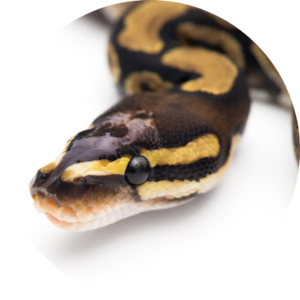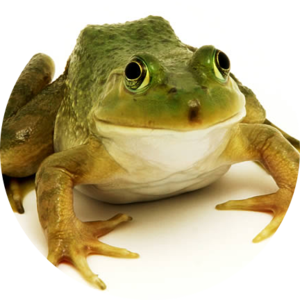Choosing The Correct Size Tank
An important but often overlooked aspect of the aquarium hobby is the selection of a tank which is appropriate for your personal situation. There are many factors which affect this decision but the main three are: cost, space and experience. Unfortunately, in this hobby, the less experience you have, the more money and space you require to set up a tank which will be easy enough to maintain.
The general rule when selecting a tank is: Buy as big as you can afford and have the space for.
This is because, for marine aquariums, bigger is most certainly better. A larger tank means greater stability in water chemistry, and any changes that may occur take place over a larger time frame which provides the beginner with much more room for error. A simple example of this is when a heater malfunctions; in a small tank the temperature would change rapidly giving very little time to correct the error. Whereas for a large tank, the change in temperature would be over a much longer period allowing the situation to be rectified before disaster happens.
Another advantage in having the largest possible tank is the number and type of species you can display. If you decide you want a nice nano tank to sit on your desk but really like Tangs then you have a problem. Having a larger tank allows you to keep much more fish in terms of numbers and widens the number of species you can have. A general rule is to keep no more than 1 inch of fish per 5 gallons of water. This is a very crude guide since it does not take into account your filtration or the territorial behaviour of the fish. However, it does provide a starting point in selecting the best size tank for you.
The major problem with buying a large tank is obviously the additional cost. Not only will the tank be significantly more expensive, but all the associated equipment such as protein skimmers, powerheads, and lighting cost more for a bigger tank. For a typical 6 foot tank, you could easily spend thousands of dollars before anything even gets wet! Therefore, it is important to select the largest tank you can comfortably afford, and remember to take all of the running costs into account, i.e. electricity, food, salt etc.








